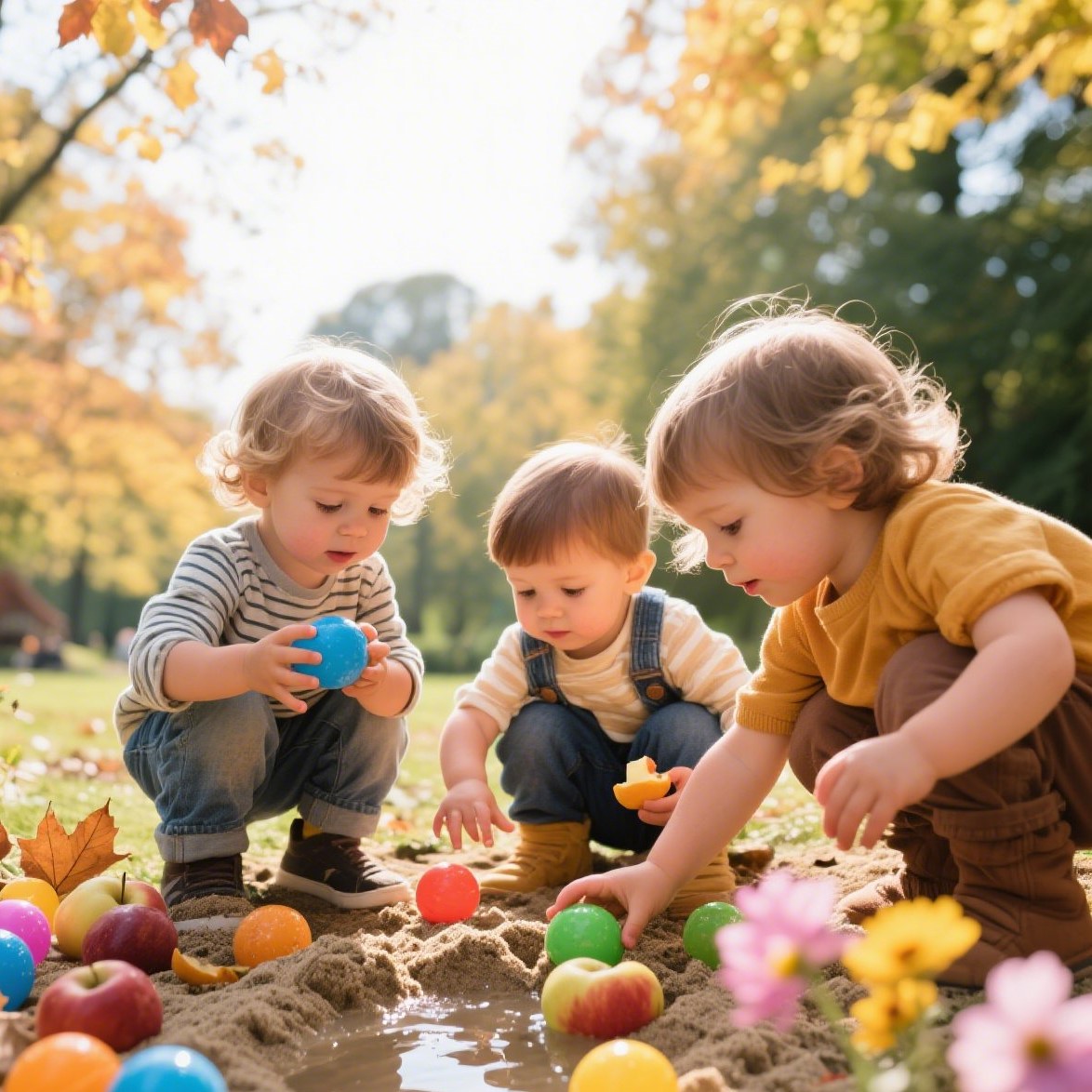Preschoolers are naturally curious, eager to explore their world using all five senses. Sensory play supports earlysupports early learning by engaging sight, sound, touch, smell, and even taste—boosting language, motor, social, and emotional development. The best part? You can keep things fresh by aligning sensory activities with the changing seasons.
This guide offers easy sensory activities for preschoolers throughout the year — rich in texture ,throughout the year—rich in texture, color, scent, and sound—designed to delight and educate your little ones.
Spring Sensory Activities
Spring is all about renewal, growth, and exploration. The world is bursting with color, new smells, and textures, making it perfect for sensory play.
1. Flower Petal Sorting and Scent Exploration
- What you need: A variety of flower petals (rose, daisy, tulip), small trays or bowls, blindfold (optional)
- How to do it: Let kids sort petals by color or shape. For scent exploration, blindfold them and ask them to smell and guess the flower. This builds vocabulary and strengthens olfactory skills.
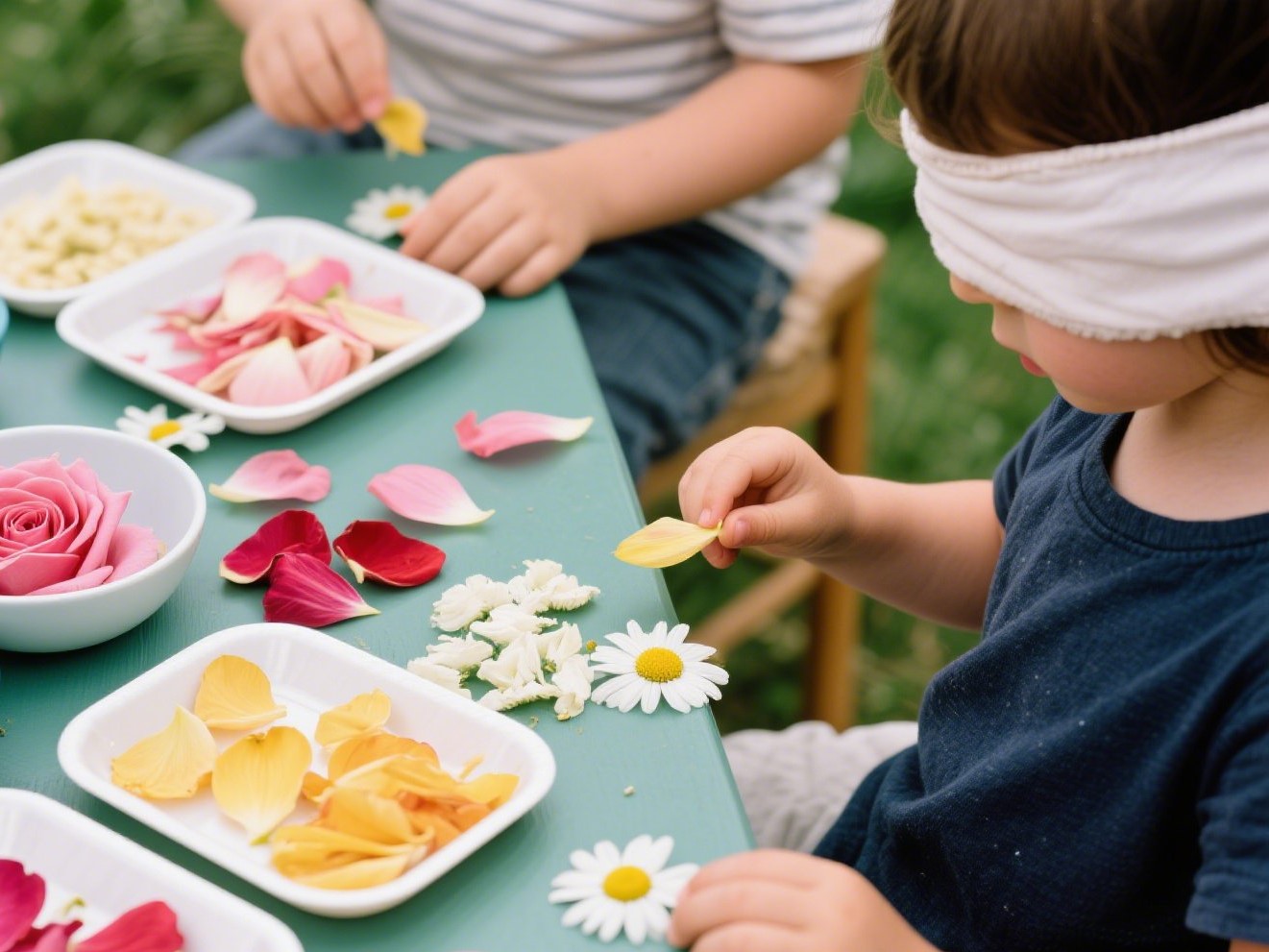
2. Rainwater Play Table
- What you need: Buckets, cups, ladles, turkey basters, and measuring spoons
- How to do it: Collect rainwater or fill a tub with water. Encourage kids to scoop, pour, and transfer water using various tools. This builds fine motor coordination and early math concepts (full/empty, more/less).
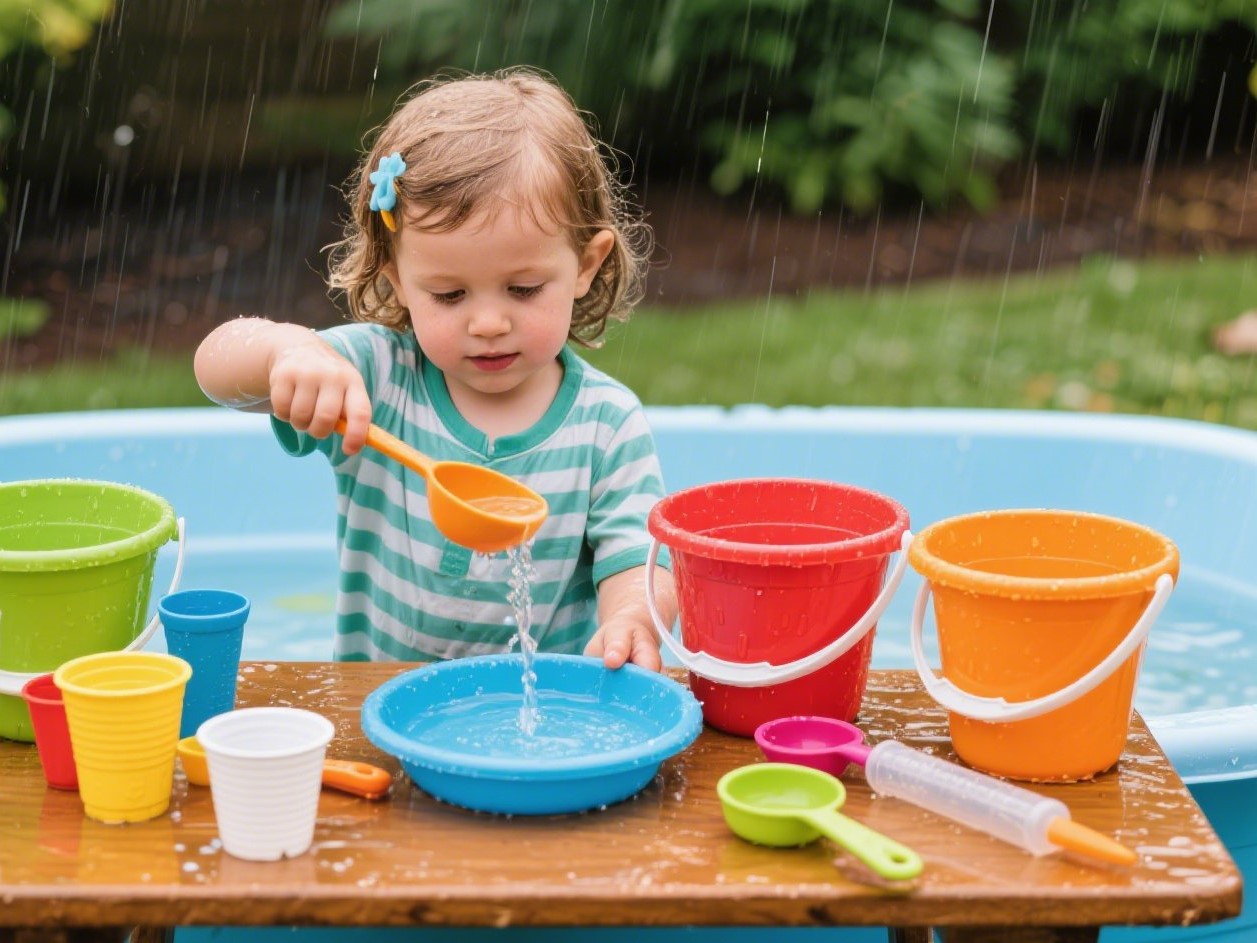
3. Garden Sensory Bin
- What you need: Potting soil, plastic worms/insects, seeds, small tools, gardening gloves
- How to do it: Fill a shallow bin with soil and bury plastic critters or real seeds. Provide small trowels and allow kids to dig, plant, and play. A great intro to nature and life cycles!
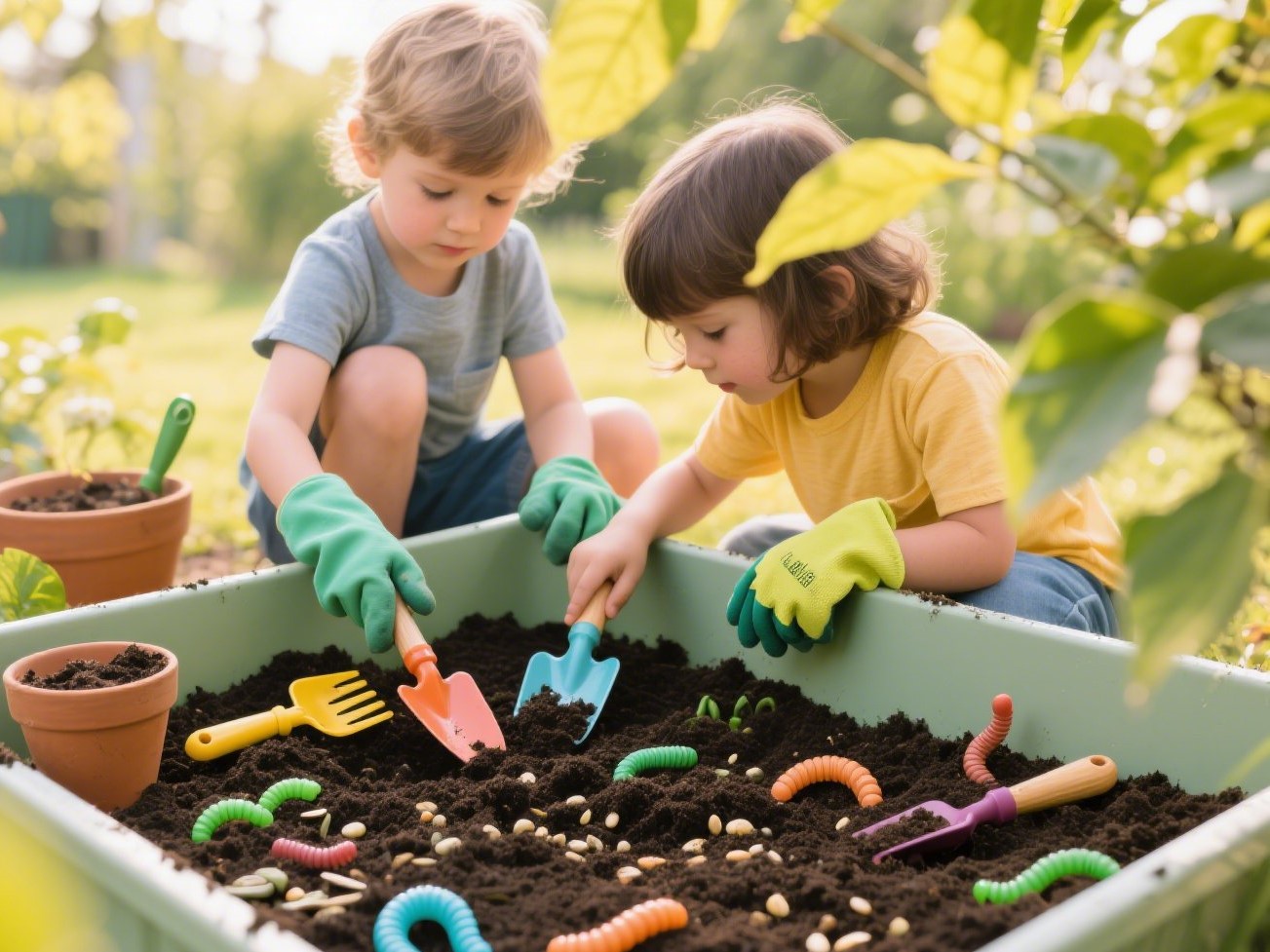
4. Mud Kitchen
- What you need: Old kitchenware, mud or soil, water, leaves, sticks, grass
- How to do it: Set up a pretend kitchen outdoors with ingredients from nature. Kids can “cook” mud pies, leaf soup, or grass stew. It promotes pretend play and tactile engagement.
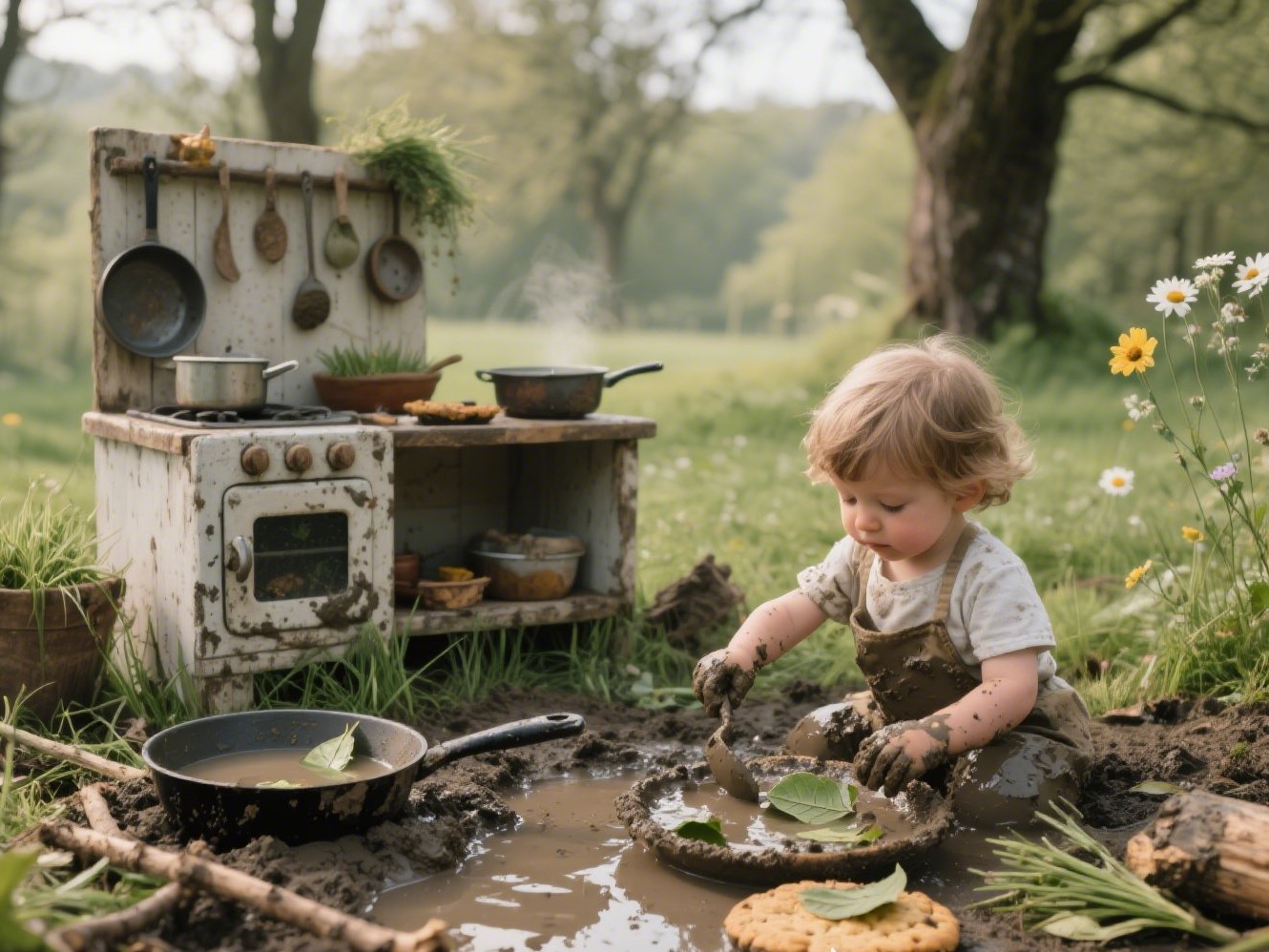
Summer Sensory Activities
Summer’s warmth and sunshine open the door to wet, messy, and thrilling sensory adventures . Take advantage of outdoor spaces!
5. Ice Excavation Game
- What you need: Small toys, water, large freezer-safe bowls or muffin tins, pipettes or warm water
- How to do it: Freeze small toys in water overnight. Let kids melt the ice with warm water, salt, or small tools to free the toys. This teaches patience and basic science concepts like melting and temperature.
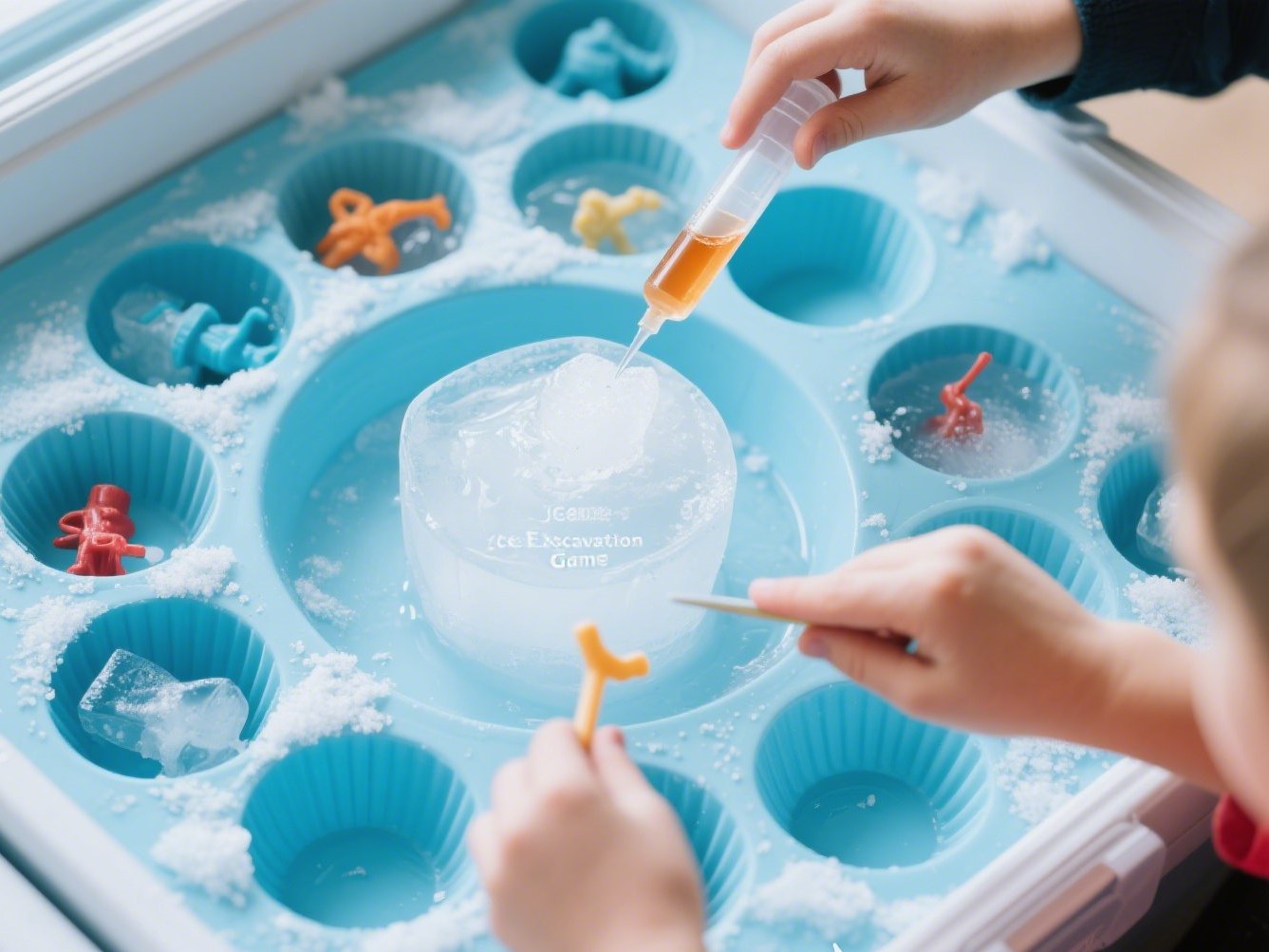
6. Beach-Inspired Sand and Seashell Bin
- What you need: Kinetic sand or play sand, shells, scoops, sifters, small cups
- How to do it: Fill a bin with sand and hide seashells or small plastic ocean animals. Let kids dig, pour, and discover, enhancing their tactile and visual senses.
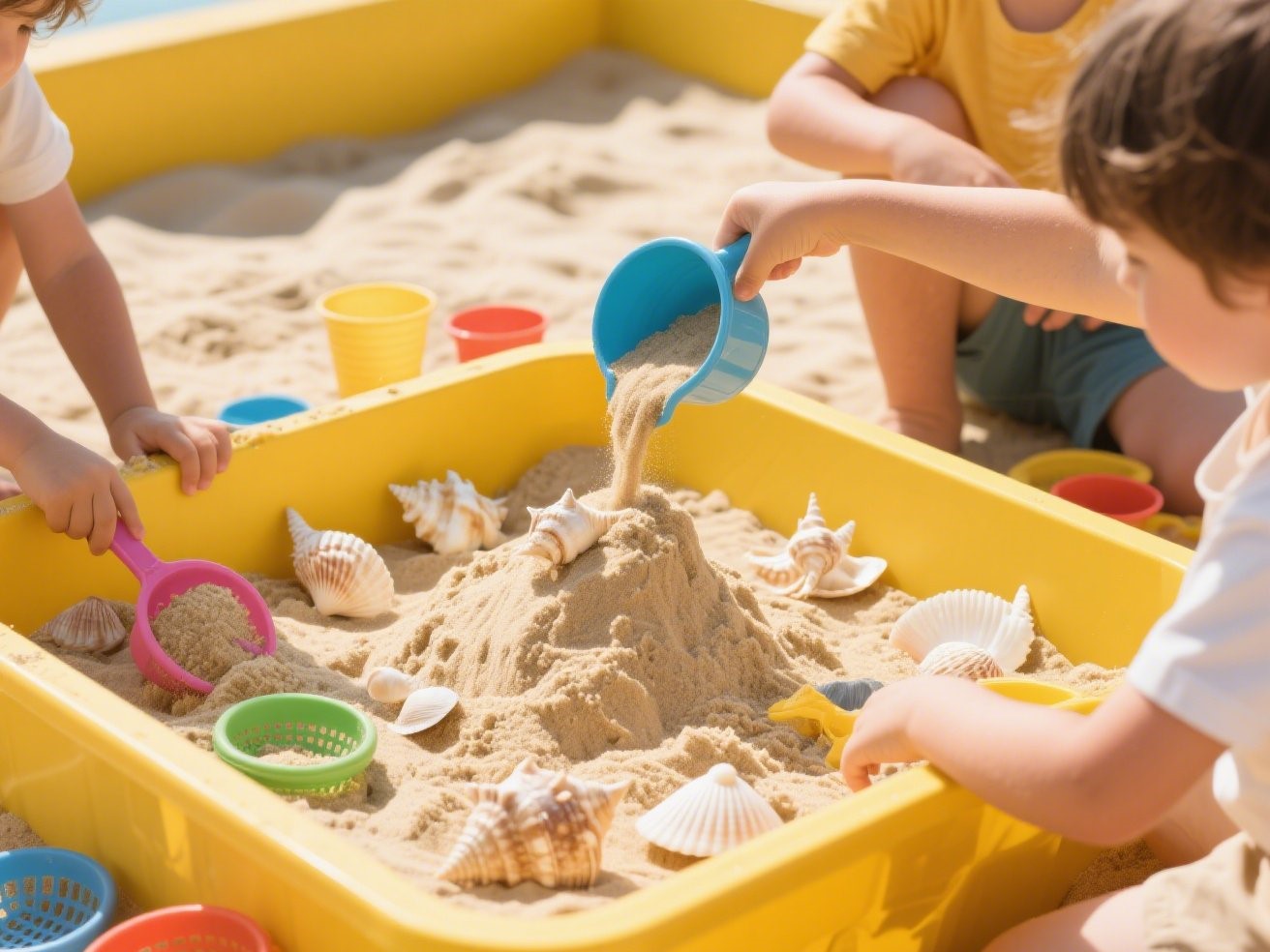
7. Water Balloon Painting
- What you need: Small water balloons, non-toxic watercolors, butcher paper, squeeze bottles
- How to do it: Fill balloons with colored water and let kids throw or stomp them on paper. The splatters create colorful art while working on gross motor skills and color mixing.
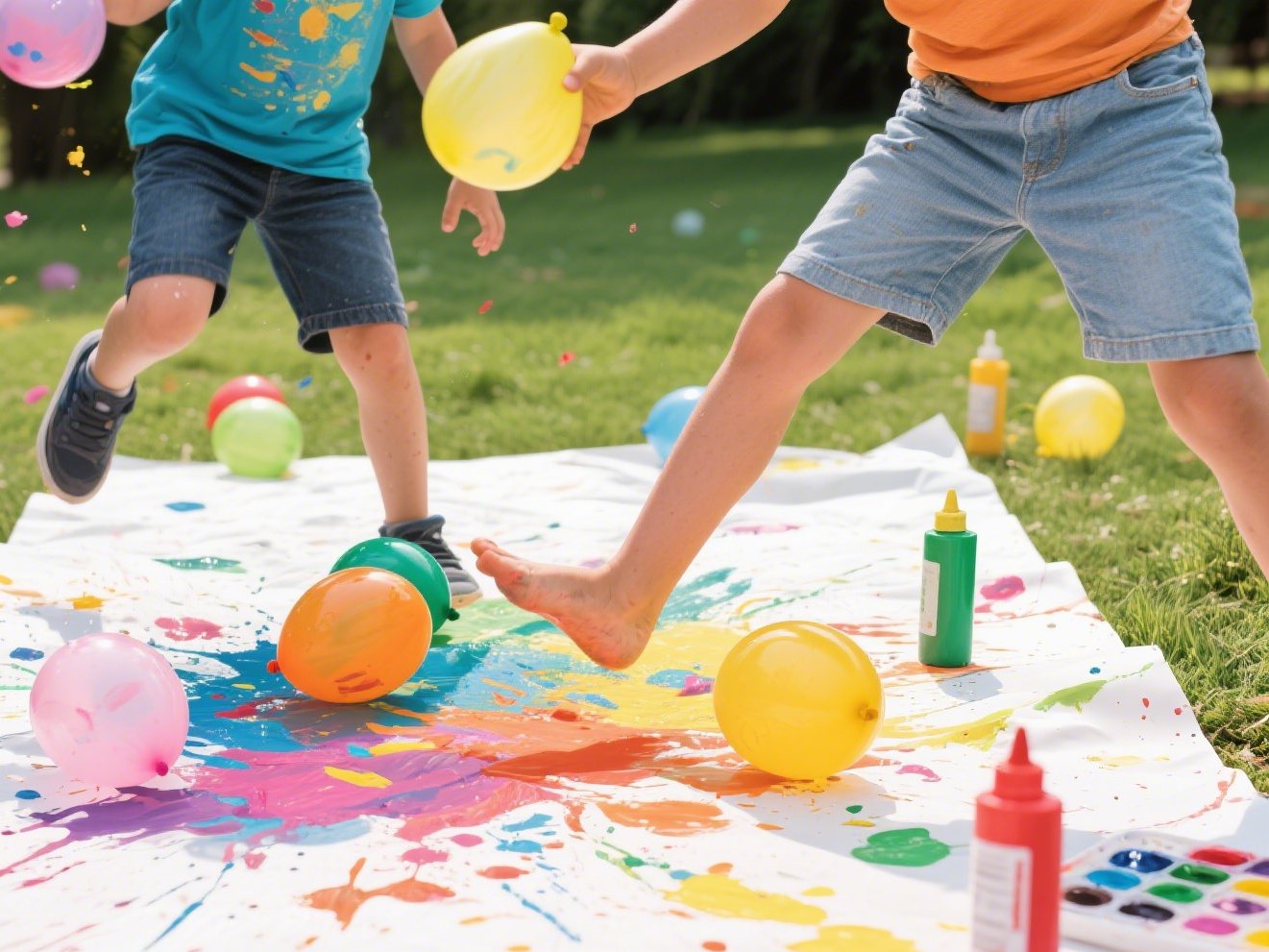
8. Citrus-Scented Bubbles
- What you need: Bubble solution, lemon or orange essential oil, bubble wands
- How to do it: Add a few drops of citrus oil to the bubble mix. Let children chase and pop bubbles while enjoying the fresh scent. It’s invigorating and ideal for sensory integration.
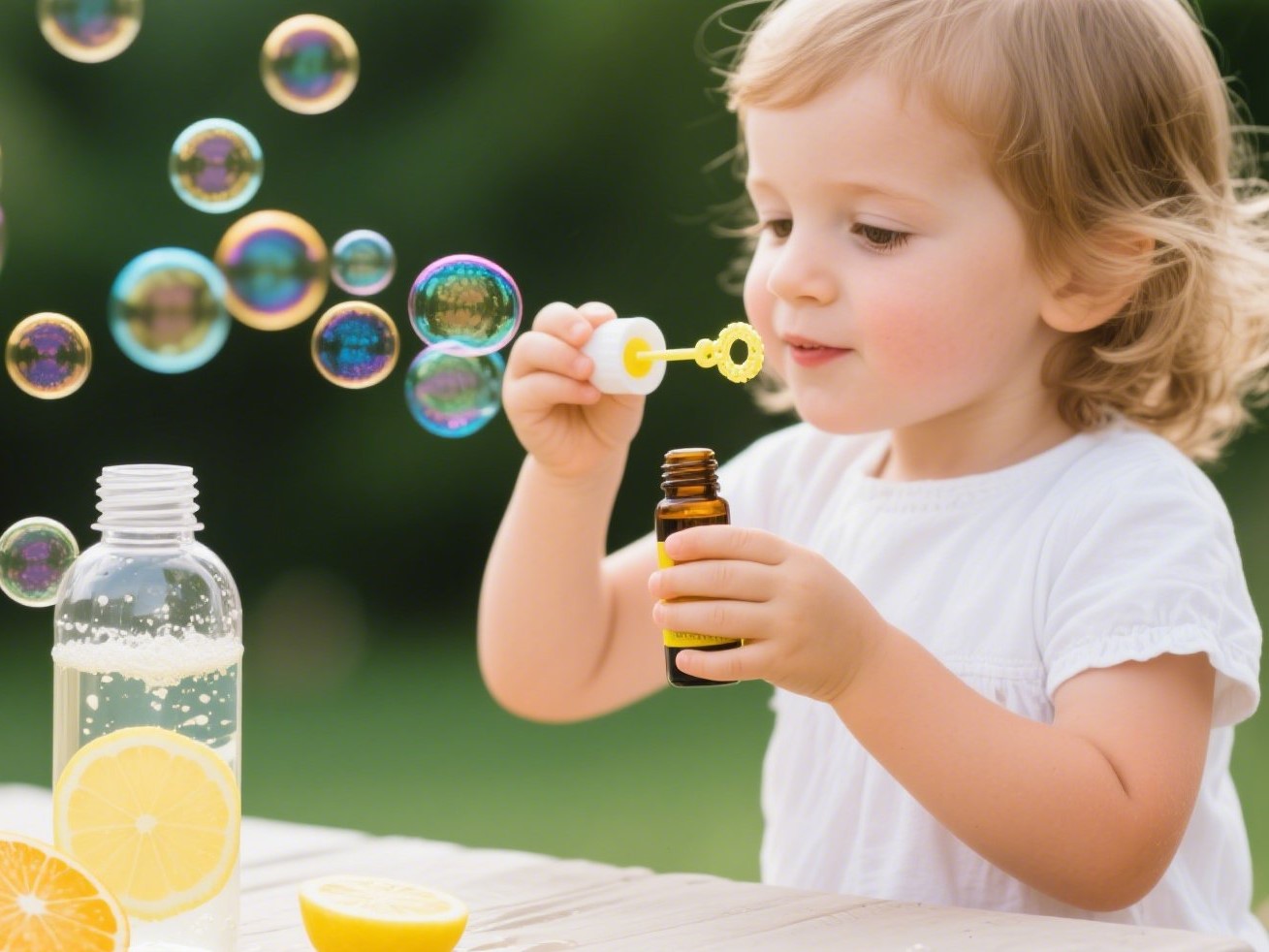
Fall Sensory Activities
Autumn offers rich colors, natural textures, and comforting scents. It’s the perfect time for sensory learning indoors and out.
9. Leaf Rubbing & Crunch Bin
- What you need: Various leaves, crayons, paper, dried leaves in a sensory tub
- How to do it: Use crayonsUse crayons to make rubbings of leaves under paper. Then let kids crinkle dry leaves in a bin to hear and feel the crunch. Supports fine motor skills and auditory learning.
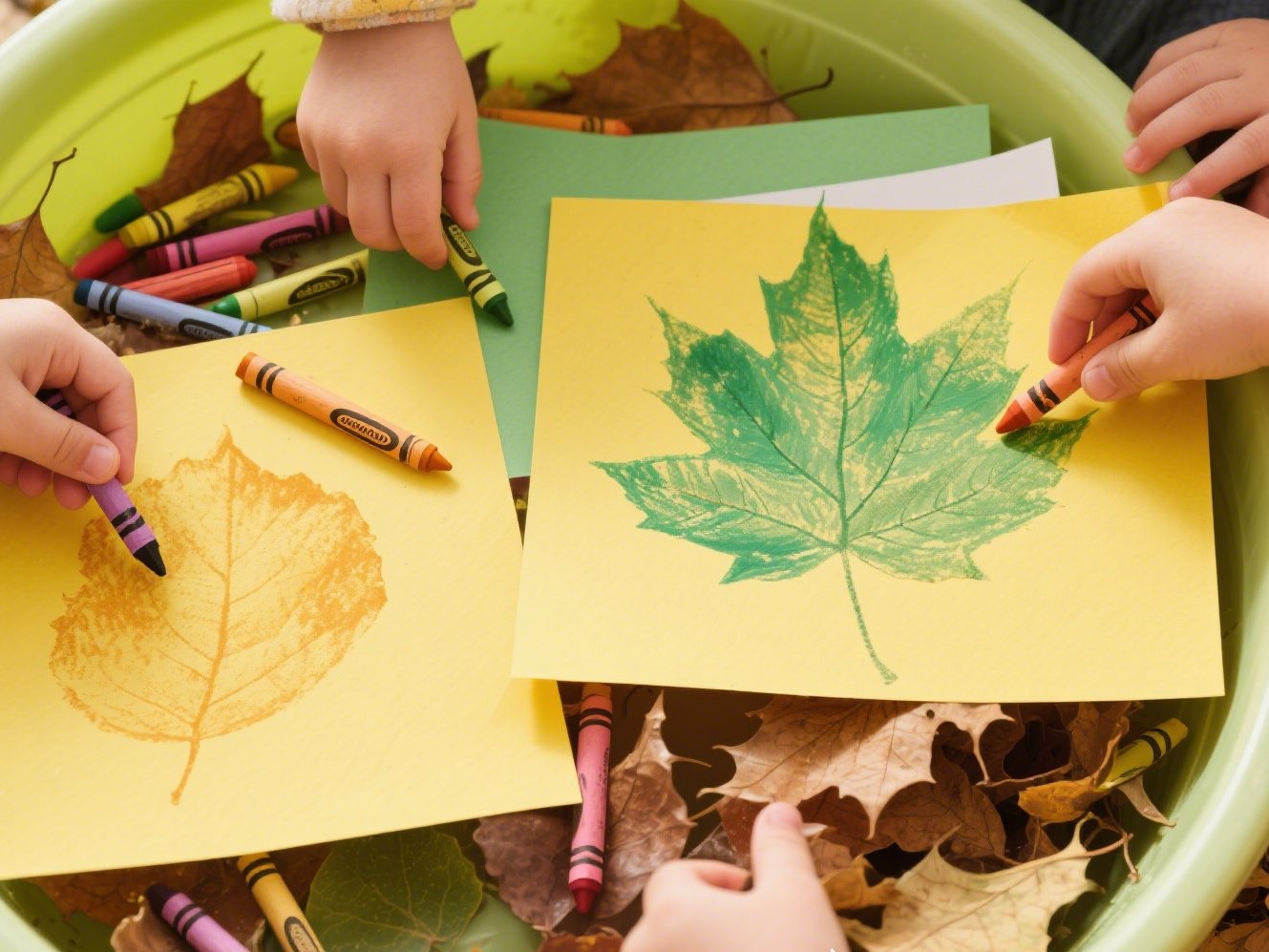
10. Pumpkin Scooping and Seed Sorting
- What you need: A smallA small pumpkin, bowls, spoons, tweezers
- How to do it: Cut open a pumpkin and letseeds Cut open a pumpkin and let kids scoop out the goo. Separate seeds for washing and sorting by size or color. This engages tactile, olfactory, and visual senses.
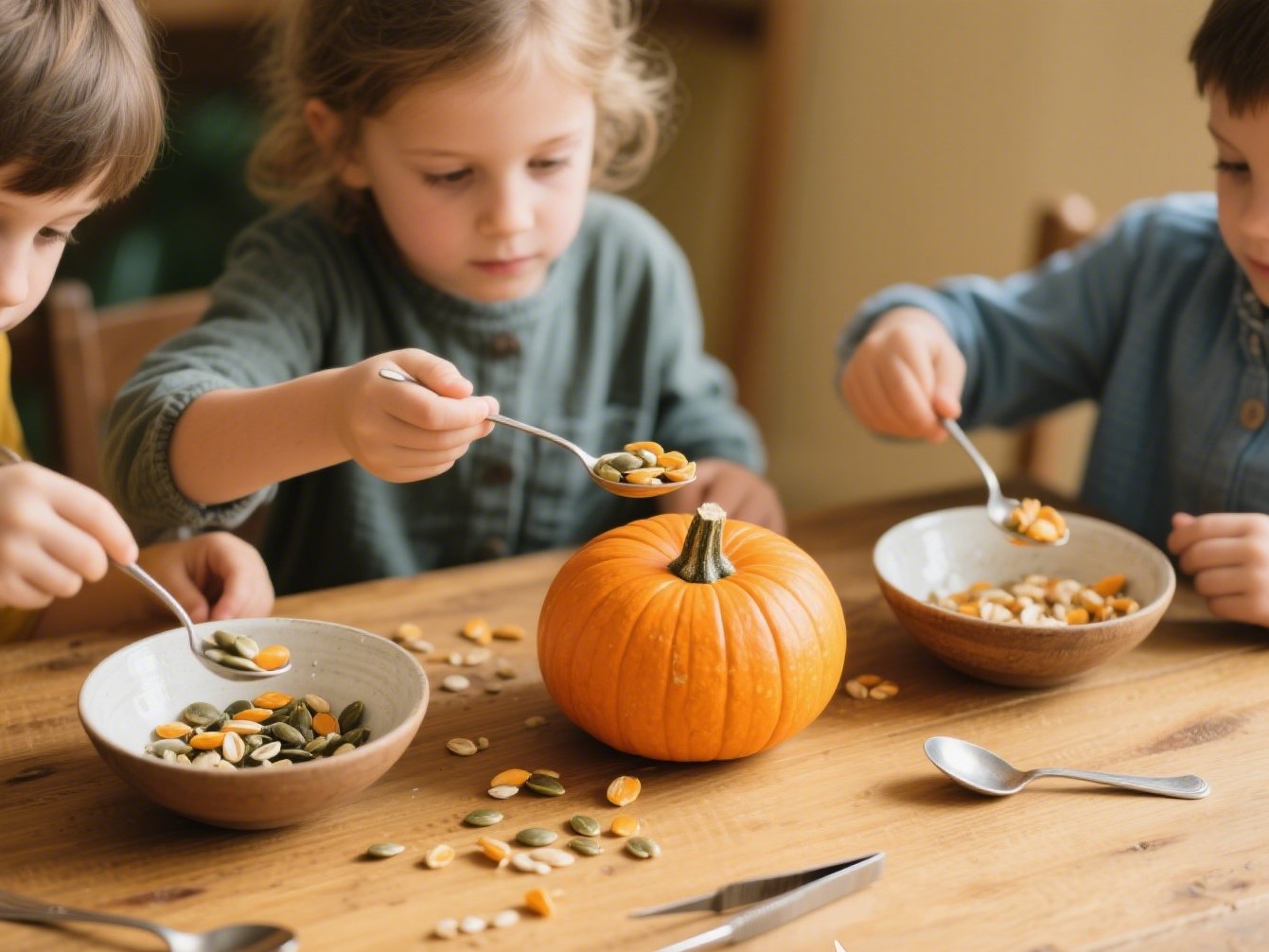
11. Cinnamon Spice Playdough
- What you need: Homemade playHomemade playdough, cinnamon, nutmeg, cloves
- How to do it: Mix warm fall spices into your doughMix warm fall spices into your dough for a scented sensory experience. Use cookie cutters and natural materials (twigs, leaves) for seasonal creations.

12. Nature Treasure Hunt Bin
- What you need: Acorns , pinecones , sticks , shredded paper , tongsAcorns, pinecones, sticks, shredded paper, tongs
- How to do it: Hide natural materials in shredded paper and let kids hunt using tweezers or tongs . This refines fine motor skills and introduces sorting and classification .Hide natural materials in shredded paper and let kids hunt using tweezers or tongs. This refines fine motor skills and introduces sorting and classification.
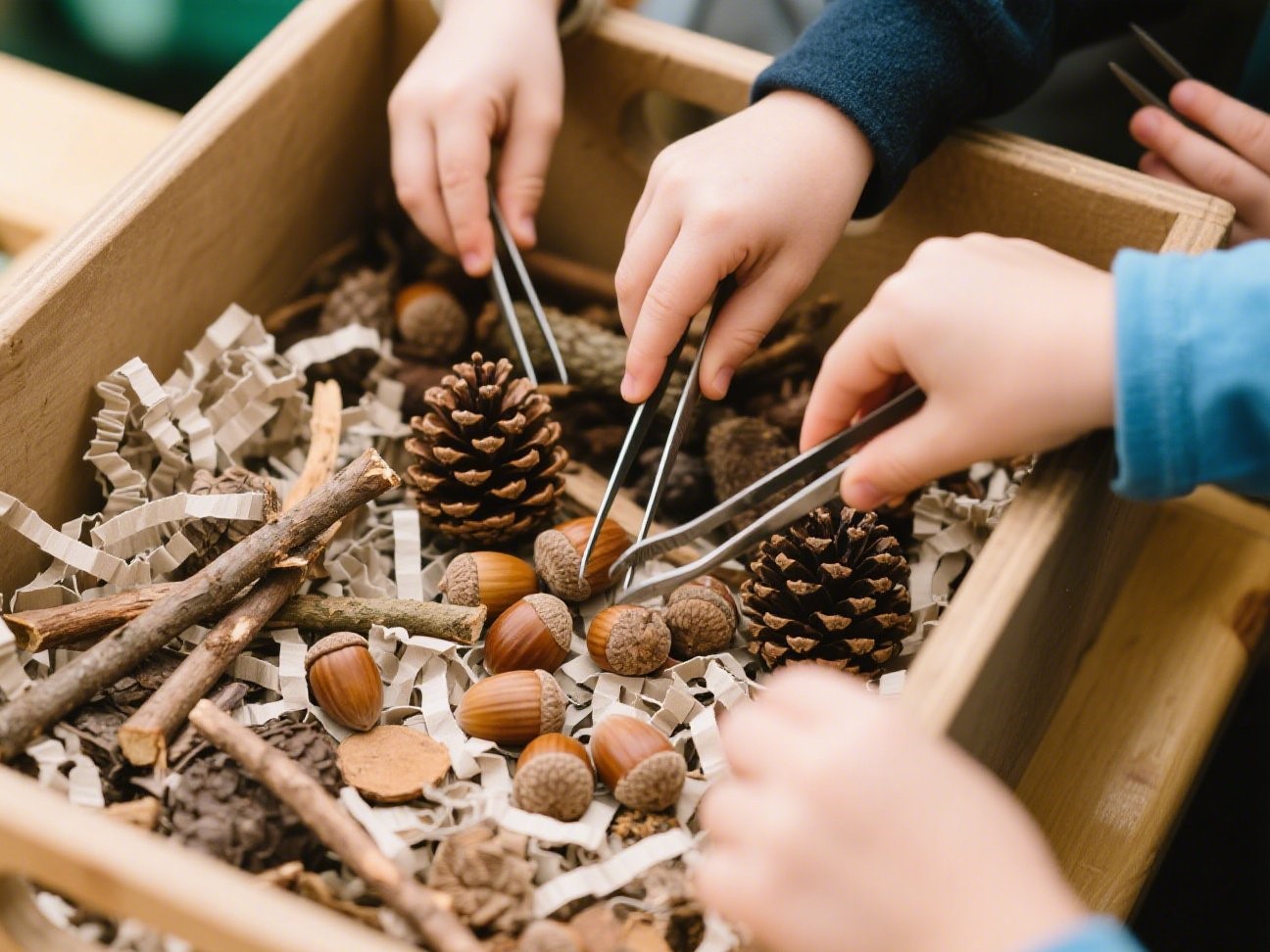
Winter Sensory Activities
Even when it’s cold outside, sensory fun doesn’t have to stop. Indoors can be just as engaging with winter-themed sensory play.
13. Fake Snow Bin
- What you need: Baking soda, white hair conditioner or shaving cream
- How to do it: Mix until it forms snow-like texture. Add scoops, animals, or people figurines for imaginary snowy adventures. Teaches texture contrast and imaginative thinking.
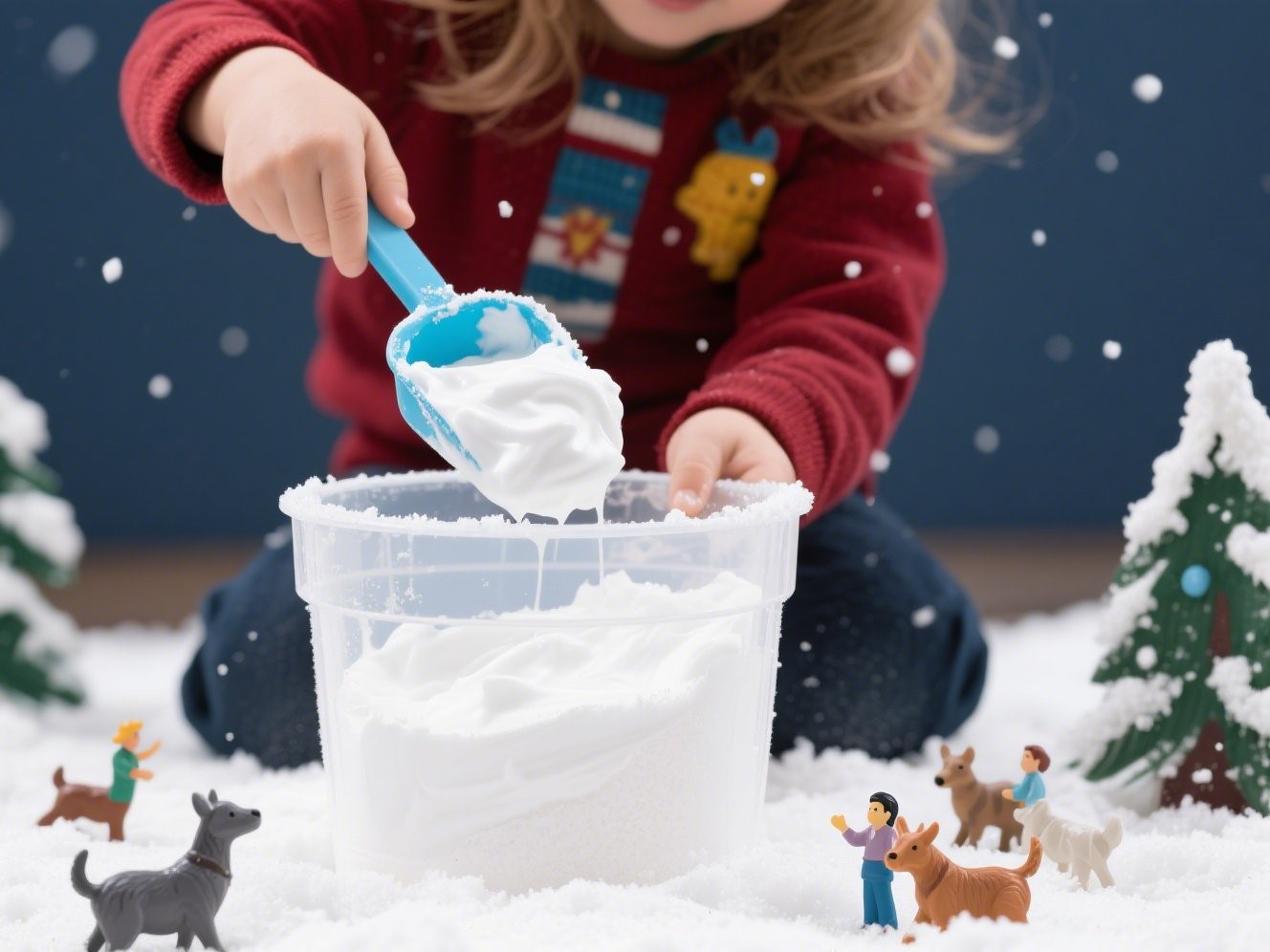
14. Glow-in-the-Dark Sensory Bottles
- What you need: Clear bottles, glow-in-the-dark paint or stars, water, glitter, baby oil
- How to do it: Mix materials in bottles and seal tightly. Shine a flashlight to “charge” the glow items. These bottles are calming and perfect for quiet time or transitions.

15. Hot Cocoa Playdough
- What you need: Cocoa powder, flour, salt, water, mini marshmallows
- How to do it: Mix ingredients for a chocolate-scented dough. Kids can knead it, make shapes, or add marshmallows as “toppings.” Supports hand strength and imaginative play.
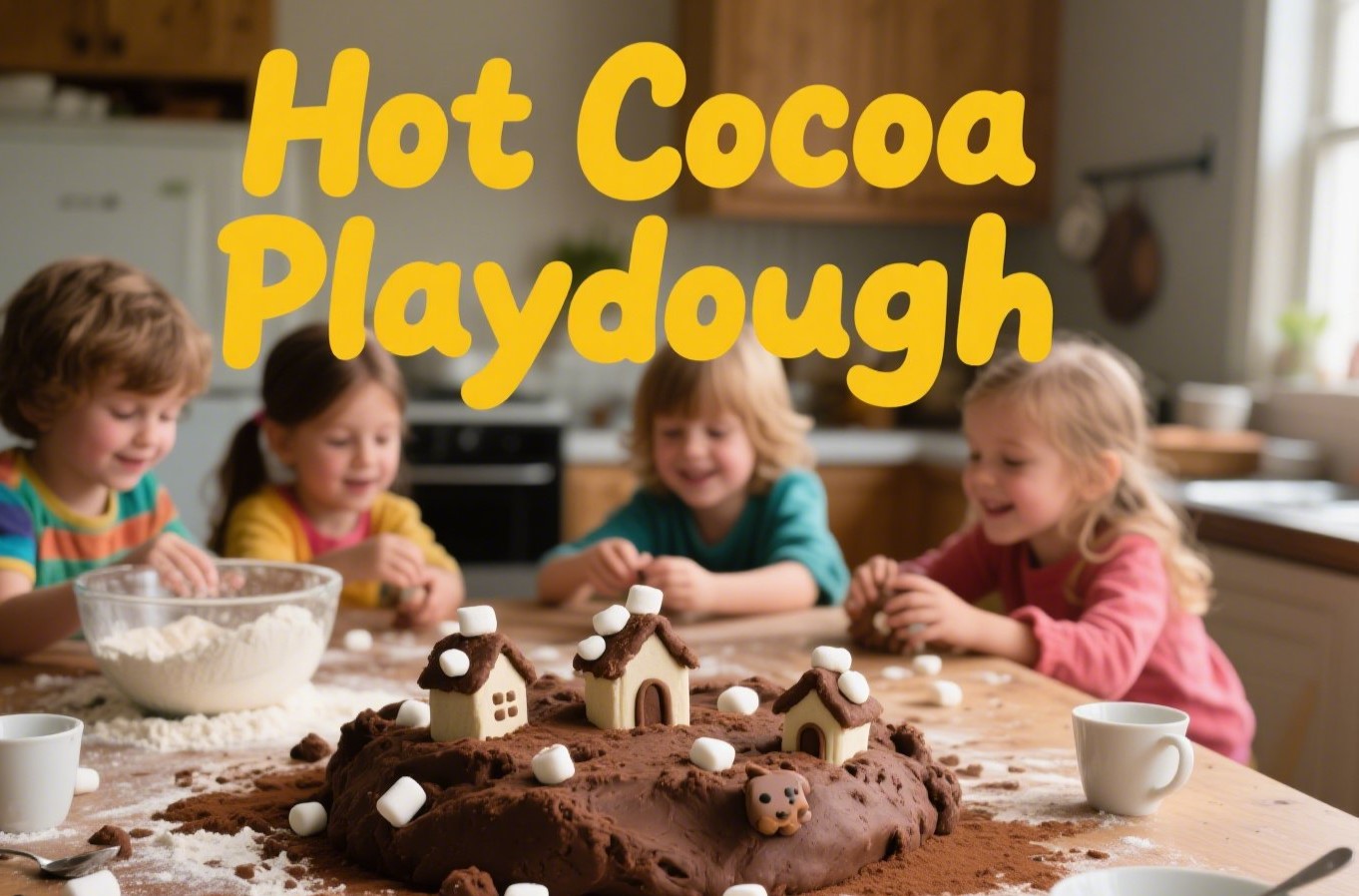
16. Winter Sound Walk
How to do it: Go outside and listen for natural winter sounds—crunching snow, blowing wind, dripping icicles. Afterward, discuss or draw what was heard. This boosts auditory processing and mindfulness.
What you need: None—just ears and awareness!

Tips for Seasonal Sensory Play
Engaging preschoolers in seasonal sensory activities doesn’t require fancy materials. With a few adjustments and thoughtful preparation, sensory play can be safe, simple, and highly effective all year long.
Helpful Tips:
- Rotate Sensory Materials: Swap out contents based on the season or theme to keep kids interested and engaged.
- Use Recyclables and Natural Items: Collect leaves, pinecones, fabric scraps, or cardboard tubes for sustainable, budget-friendly play.
- Create Indoor/Outdoor Stations: Set up designated areas with mats or trays to manage mess and contain materials.
- Involve Preschoolers in Setup: Let children help choose or gather materials. This builds independence and ownership of their learning.
With these tips, sensory play becomes part of your everyday rhythm—something kids look forward to regardless of the season.
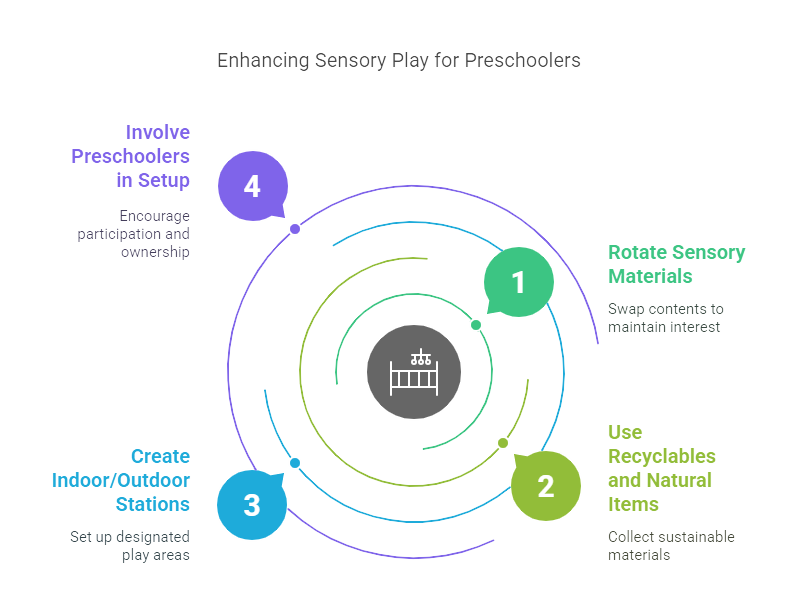
Conclusion
Sensory play for preschoolers is more than just fun—it’s a vital part of how they understand the world, build new skills, and express themselves. By embracing the unique offerings of each season, caregivers can provide rich, developmentally appropriate experiences that stimulate young minds and support whole-child growth.
From the muddy joys of spring to the soothing calm of winter, these easy sensory activities invite kids to play, discover, and connect—with nature, with others, and with themselves.
So grab some bubbles, scoop some snow, or gather those autumn leaves—it’s time to make sensory fun for preschoolers a year-round tradition.

